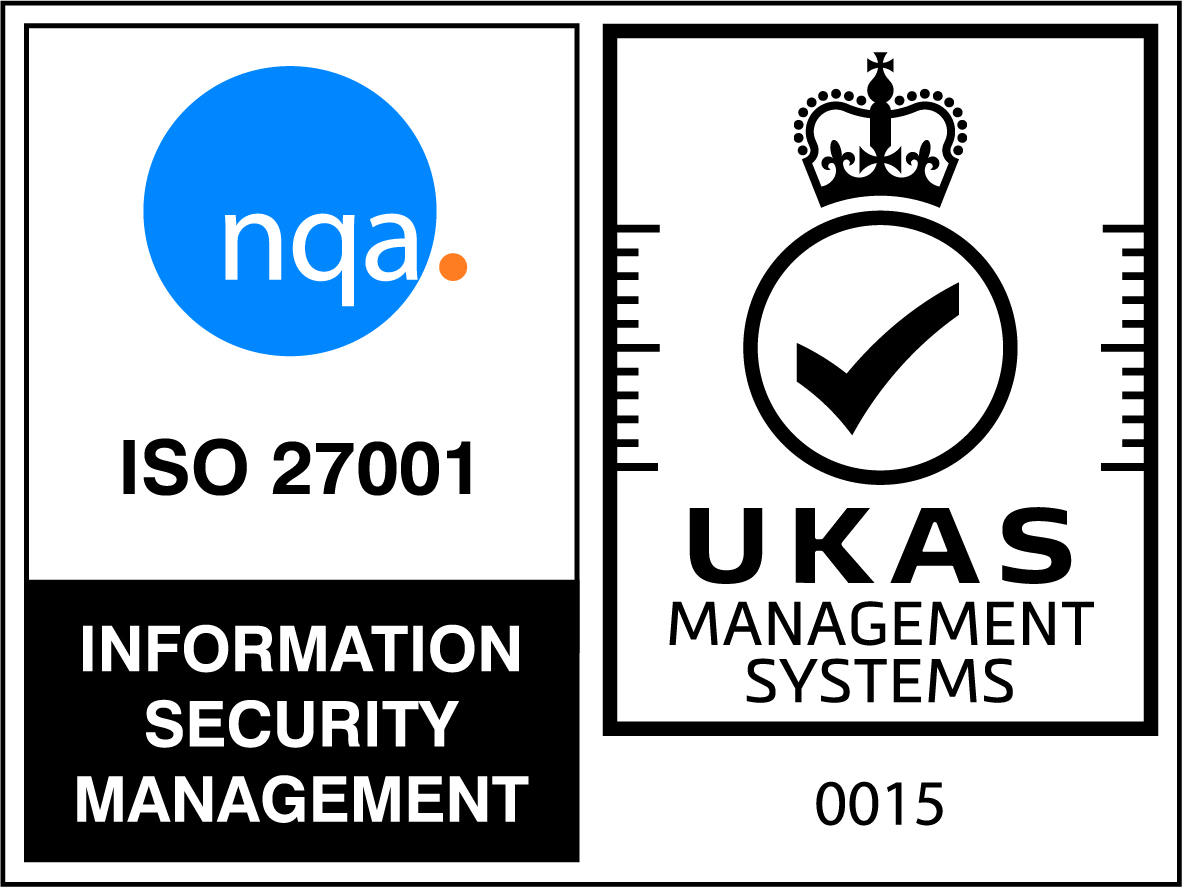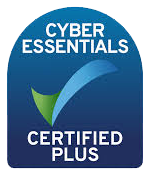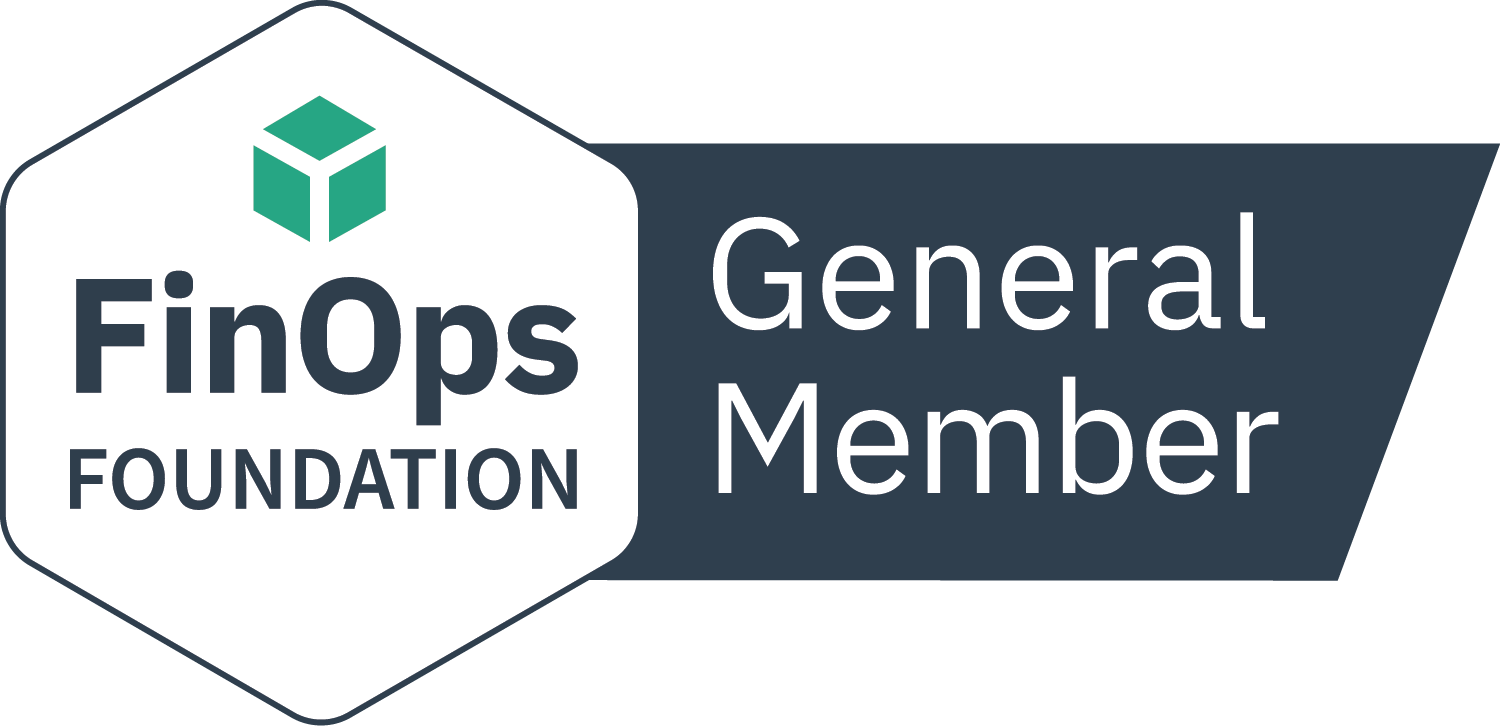On the 23rd of January 2023, Oracle changed their subscription licensing model from the Java SE Subscription initiated in August 2018, to a Java SE Universal Subscription model. Oracle then modified some of the wording again on the 1st of March 2023.
These changes mean that for any customer who does not currently pay Oracle for any use of Java (by means of paying maintenance on perpetual licenses or paying an annual subscription), then this change will affect how much these customers pay where chargeable licenses are required.
For customers who do already pay Oracle, this will mean you need to manage Oracle licensing much more stringently. You need to ensure you maintain and can demonstrate compliance of your Java estate, to avoid being forcefully migrated to the new Java SE Universal Subscription model.
Oracle’s licensing terms to scope the hosts that require licenses have not changed. The changes impact how Oracle will charge for these hosts. Under the old Java SE Subscription model, customers would have to identify the hosts running chargeable versions of Java and then work out how many Processor/Named User Plus (NUP) licenses are required. Customers would then pay for that usage on an annual subscription basis.
The new rules within the Java SE Universal Subscription basically imply that if customers have a single host that requires a ‘paid license’, then the cost for the subscription license is based upon the total number of internal employees, and external agents – contractors, outsourcers and consultants that support internal business operations. This means that the initial quantity of licenses required starts with the customer’s publicly declared employee count. This could mean that organizations require a substantial number of additional licenses than in previous years.
Below is the Oracle Java Definition for an employee with regard to the new Java SE Universal Subscription:
“Employee for Java SE Universal Subscription: is defined as (i) all of Your full-time, part-time, temporary employees, and (ii) all of the full-time employees, part-time employees, and temporary employees of Your agents, contractors, outsourcers, and consultants that support Your internal business operations.
The quantity of the licenses required is determined by the number of Employees and not just the actual number of employees that use the Programs. For these Java SE Universal Subscription licenses, the licensed quantity purchased must, at a minimum, be equal to the number of Employees as of the effective date of Your order.
Under this Employee metric for Java SE Universal Subscription Programs(s), You may only install and/or run the Java SE Universal Subscription Program(s) on up to 50,000 Processors, If Your use exceeds 50,000 Processors, exclusive of Processors installed and/or running on desktop and laptop computers, You must obtain an additional license from Oracle.”
Oracle Java Licensing Additional Change: 1st March 2023
On the 1st of March 2023, Oracle further amended the Universal Subscription model to clarify some wording. This additional change could have further implications on customers.
January 2023 Wording: Java SE Universal Subscription is available only for full use. It is not eligible for Application Specific Full Use (ASFU) licensing, Embedded Software Licensing (ESL), Independent Software Vendor (ISV) licensing, or redistribution.
March 2023 Wording: Java SE Universal Subscription is available only for internal business operations under an applicable enterprise license. It is not eligible under any redistribution agreement, including the Application Specific Full Use (ASFU) license licensing, Embedded Software Licensing (ESL), or Binary License and Redistribution Agreement.
It is important to remember that if Java SE is installed and/or is running on more than 50,000 Processors (exclusive of Processors installed and/or running on desktop and laptop computers), then you must obtain an additional license from Oracle. This can be found in the pricing notes on the subscription price list.
These additional changes need to be considered by customers who are already realizing that the January 2023 rules would impact them financially.
Oracle Java Licensing Explained
In short, the new Oracle Java SE Universal Subscription model is basically an Unlimited License Agreement (ULA) in all aspects apart from its name. Once on the new subscription model then it will be very hard to leverage savings through optimization.
The following bullet points will help customers understand where the new subscription model will have implications within their business, where Oracle Java is used in any non-development environment (which includes all end-user compute devices).
- ANY use of ‘Commercial Features’
- ANY use of Java v6 update 51 and higher (basically any update since June 2013)
- ANY use of Java v7 update 85 and higher (basically any update since July 2015)
- ANY use of Java v8 update 211 and higher (basically any update since April 2019)
- ANY use of Java v11, v12, v13, v14, v15 and v16
Already actively paying maintenance procured under the existing Perpetual Licenses?
Oracle have indicated that customers can use their existing perpetual license model (if they are maintained), but customers must ensure that the volumes are correct. Customers must be able to validate their estate against their maintained perpetual license entitlement. Failure to be able to demonstrate compliance could mean Oracle refuse to accept your renewal order.
Already actively paying for Oracle Java procured under the existing subscription model?
Oracle have indicated that customers can use the existing Processor / NUP model, but customers must ensure that the volumes are correct as any unvalidated change to the license quantities could mean Oracle refuse to accept your renewal order, or Oracle could choose to conduct an audit.
If non-compliant, then customers will likely be required to license all employees, as per the Java SE Universal Subscription Global Price List.
Don’t have an active Oracle Java SE Subscription?
Oracle will only sell subscriptions under the Java SE Universal Subscription Global Price List which includes the following definitions: (i) all of your full-time, part-time, temporary employees, and (ii) all of the full-time employees, part-time employees and temporary employees of Your agents, contractors, outsourcers, and consultants that support Your internal business operations.
The quantity of the licenses required is determined by the number of employees and not just the actual number of employees that actually use Oracle Java. Every employee is counted by Oracle because they could use Java.
How does this change a customer’s Oracle Licensing Strategy?
Now is definitely the best time for customers to consider upgrading their use of Oracle Java to V17 or higher, if they are currently deploying the latest updates to v8, as well as any Java version from v11 through v16. This will help customers to potentially reduce/mitigate costs, provided they do not use ‘commercial features’ or require any hosts to be licensed under the Oracle Binary License and Redistribution Agreement.
Once a customer has migrated to Oracle Java v17 (which is currently the latest LTS version), then they have a 12-month window to migrate from v17, v18, v19, or v20 to v21 when it is released in September 2023. This will avoid having to purchase licenses under the Java SE Universal Subscription from September 2024 onwards.
Oracle will then use a 2-year cycle to force customers to upgrade Oracle Java to the latest LTS version within 12 months of it being made available (example: v21, v22, v23 and v24 will only be free until September 2026 as V25 will be shippable from September 2025).
Customers who are using Oracle Java versions 7 and 8 should review all associated hosts for any reasons why the version of Java could not be upgrades to V17+. Where V7 or v8 is required then customers can consider OpenJDK or other non-Oracle Java products. Customers need to be mindful of their contractual obligations with their customers or any regulators before moving away from supported Java products, as there could be contractual obligations that may limit their strategy.
Where specific hosts requiring ‘paid-for’ licenses need to remain on a chargeable version then customers need to remember that just a single use will be the same cost as licensing all hosts under the new Oracle Java SE Universal Subscription model.
Where ‘commercial features’ are used or a host requires to be licensed under the Oracle Binary License and Redistribution Agreement, then this should be by exception and tracked (including where the appropriate license has been purchased) via a customer’s internal change control process.
How Certero Can Help
If you’re an Oracle customer and concerned about the risks surrounding the use of Java SE Licenses, then Certero can help with a SAM Service for Oracle Java.
Certero combines the extensive expertise of our in-house Oracle licensing consultants alongside Certero’s GLAS verified Oracle Java licensing technology, to discover and provide clarity over your usage of Oracle Java products.
Our independent SAM consultants can analyze your environments, identify any present risks, and expertly guide you through strategic risk-mitigation activities to protect your business. Certero will then help you to make the best possible decisions regarding your current use of Java and any optimization which can contribute towards their cost-saving challenges.

